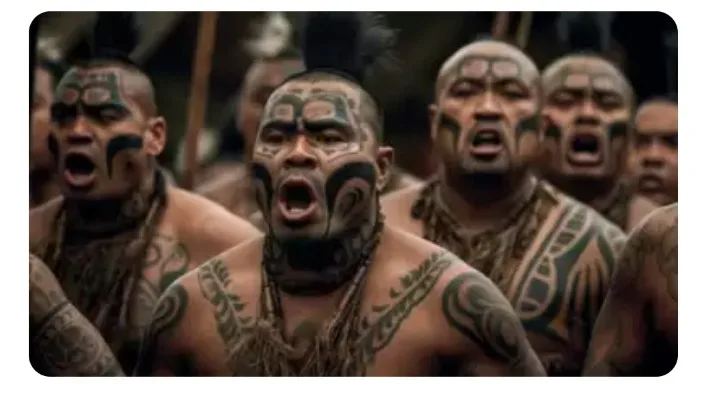A video of Hana-Rawhiti Maipi Clarke, New Zealand’s youngest MP at 21, performing the traditional Maori haka during her maiden speech has captivated the internet. Clarke, a member of the Maori community, made history as the youngest MP in 170 years, pledging her commitment to constituents with the powerful gesture.
Maori People: A Brief Overview
The Maori, the indigenous Polynesian people of New Zealand, arrived in waves between 1320 and 1350. They developed a distinctive culture, language, crafts, and mythology. Today, they are the second-largest ethnic group in New Zealand, with their language spoken by about a fifth of the Maori population.
The Maori War Cry: Haka
The Maori war cry, known as haka, is a source of pride for New Zealanders and is performed globally. Unlike other Polynesian nations’ war dances, the haka holds deep cultural significance for the Maori. Performing the haka without invitation can be considered disrespectful, raising concerns about the appropriation of Maori culture.
Global Variations.
While Tonga performs the Sipi Tao, Fiji has the Cibi, and Samoa has the Manu Siva Tau as their versions of war dances, the Maori haka remains the most recognized internationally. The appropriation of the haka by non-Maoris has been a contentious issue, highlighting the need for cultural sensitivity.




